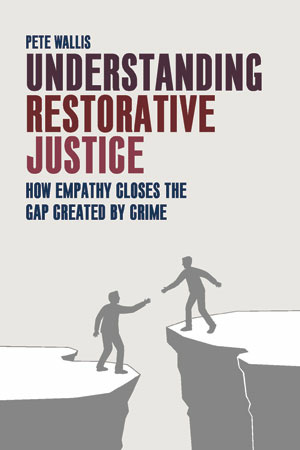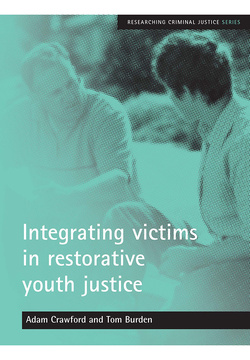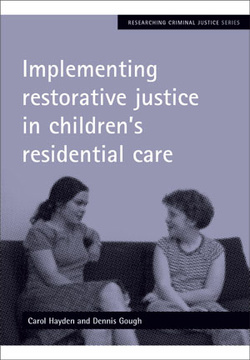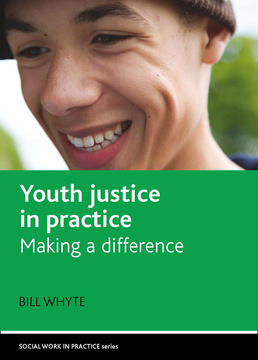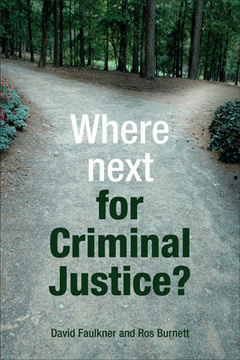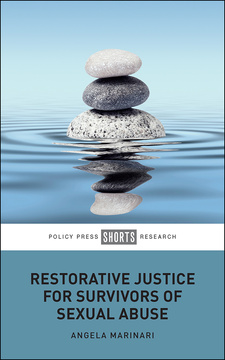Published
Jul 11, 2014Page count
224 pagesISBN
978-1447317425Dimensions
234 x 156 mmImprint
Policy PressPublished
Jul 11, 2014Page count
224 pagesISBN
978-1447317432Imprint
Policy PressPublished
Jul 11, 2014Page count
224 pagesISBN
978-1447317449Imprint
Policy PressThis unique book is a clear and detailed introduction that analyses how restorative justice nurtures empathy, exploring key themes such as responsibility, shame, forgiveness and closure.
The core notion of the book is that when a crime is committed, it separates people, creating a ‘gap’. This can only be reduced or closed through information and insight about the other person, which have the potential to elicit empathy and compassion from both sides. The book explores this extraordinary journey from harm to healing using the structure of a timeline: from an offence, through the criminal justice process and into the heart of the restorative meeting.
Using case studies, the book offers a fresh angle on a topic that is of growing interest both in the UK and internationally. It is ideal as a comprehensive introduction for those new to restorative justice and as a best practice guide for existing practitioners.
"A compelling, honest and moving book which will make a huge contribution to the field." Belinda Hopkins, Transforming Conflict
"A well-researched, original and welcome contribution to the growing literature on restorative justice, focusing on the development of empathy to gradually reveal the layers of the restorative process." Marian Liebmann, OBE, Independent Restorative Justice Trainer and Consultant
Pete Wallis is the senior practitioner in restorative justice for Oxfordshire Youth Offending Service. He has facilitated hundreds of restorative meetings and written or co-authored several books and articles on the subject. In 2011 he set up a charity to support young crime victims, and he is a consultant for the new Restorative Services Quality Mark.
Introduction
Part One: Empathy Level Zero: Hurting;
Crime and unhappiness;
The gap caused by crime;
Part Two: Empathy Level One: Seeing;
Entering the criminal justice system;
Into the criminal courts;
Part Three: Empathy Level Two: Voicing;
Unripe restorative justice;
Restorative enquiry;
The keys and blocks to restorative justice;
Choice, encouragement or coercion?;
Part Four: Empathy Level Three: Hearing;
Indirect restorative justice;
The restorative meeting;
Part Five: Empathy Level Four: Helping;
'Doing sorry';
Does it always go so well?;
Part Six: Empathy Level Five: Healing;
Into the heart of restorative justice;
Conclusion.








